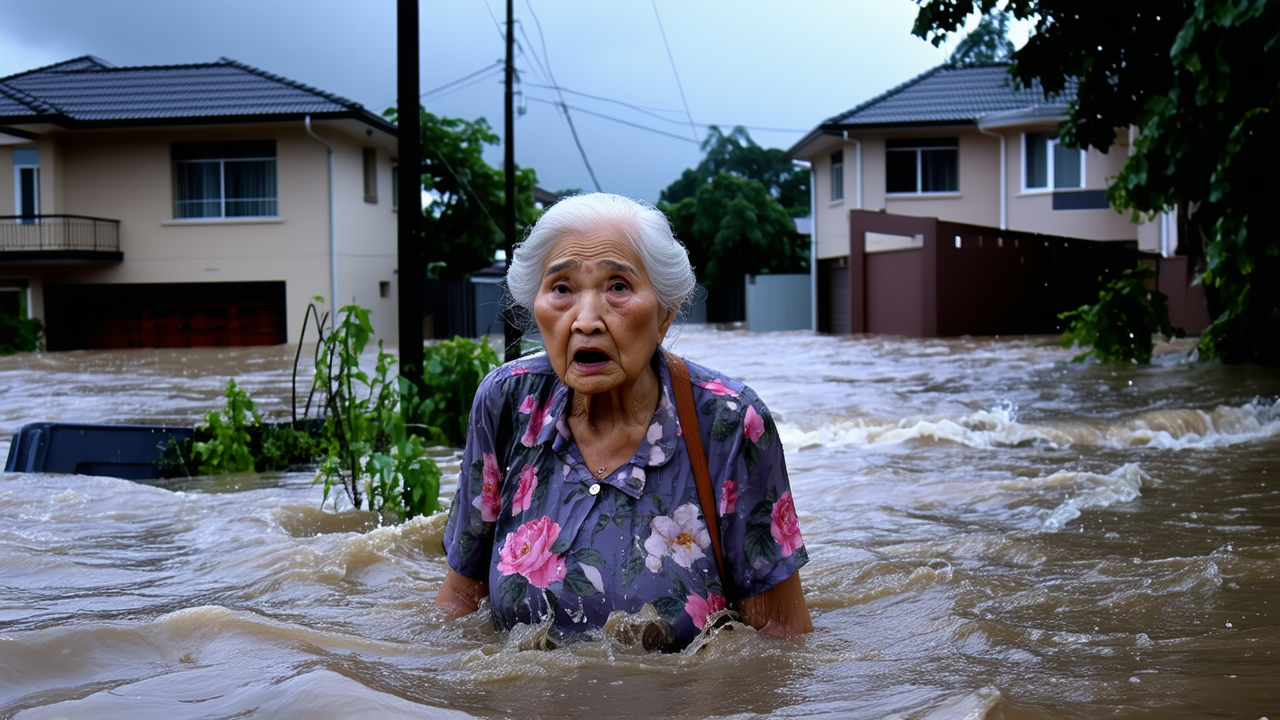Residents of Te Puke Demand Council Action Amid Recurring Flooding Crisis
Residents of Te Puke Demand Council Action Amid Recurring Flooding Crisis
Residents of a quiet neighborhood in Te Puke, located in the Western Bay of Plenty, are growing increasingly frustrated with the recurring floods that have become a part of their daily lives. With each heavy downpour, homes at the bottom of Muir Place are at the mercy of the Ōhineangaanga Stream, which has rapidly transformed from a distant concern into a real and immediate threat in recent years.
Peter Willis, a local landowner whose property borders the stream, has experienced six major flooding events since 2022. The most severe occurred during the Auckland Anniversary weekend in 2023, when his paddocks were submerged and water reached halfway up his shed—approximately 1.5 meters high. Willis, who grazes sheep on his land, has had to relocate his animals to a neighbor’s property whenever heavy rain is forecasted.
"We stress every time it rains, we’re all out here at midnight," Willis said. "These last three rain events, we were all out here with torches checking how the creek’s going."
The residents believe that the newly developed Te Mania subdivision on nearby Dunlop Rd, which began in 2022, has exacerbated the problem. Willis claims that the subdivision’s stormwater drains into the stream, increasing the risk of flooding. He and other residents are calling on the Western Bay of Plenty District Council to build a stopbank to mitigate the impact of the floods.
Kate King, another resident, has raised concerns about the lack of maintenance on a downstream culvert, which has been repeatedly blocked by logs and debris. She said the council was aware of the issue before the January 2023 floods, but the culvert was not cleared in time. One of her neighbors had been calling the council regularly, only to be told that the problem would be resolved in two or three weeks.
"It’s not good enough when they know that the area is prone to flooding," King said. "Every time it has flooded, it has flooded because they [the council] have not responded to the fact that there has been a blockage of the culvert."
For elderly residents like Bev Steenson, the flooding has become a daily source of anxiety. She and three other neighbors are in their 80s, and one of them keeps a suitcase under her bed in case she needs to evacuate. "It’s not how you want to live your retirement," she said. "We don’t particularly want to lose our assets or our sense of peace. We are in an immediate need of some sort of protection for our houses."
Council asset management team lead James Abraham acknowledged that the area has always been susceptible to flooding and that the council regularly inspects and clears culverts. He said the hydraulic modeling for the Te Mania subdivision indicated that it would not cause an increase in flood depth in the surrounding area. However, he admitted that the council has not yet funded specific mitigation works in the Long-Term Plan and is currently investigating feasible options.
While the council has prioritized protecting homes from flooding, sheds and other structures have not been a focus. Abraham said that the council would assess the cost and effectiveness of solutions such as stopbanks or alternative interventions suggested by residents.
For now, residents like Willis, King, and Steenson continue to live with the uncertainty of the next flood, hoping that their voices will finally be heard and that the council will take decisive action to protect their homes and livelihoods.
